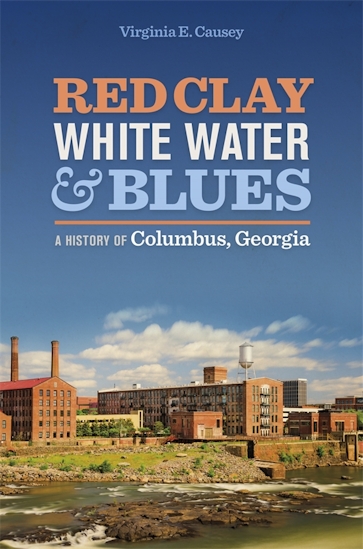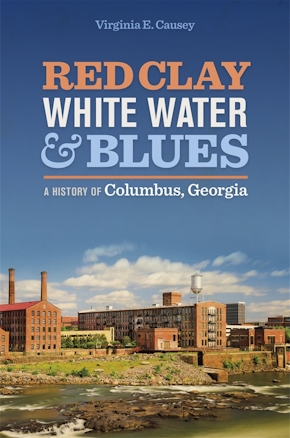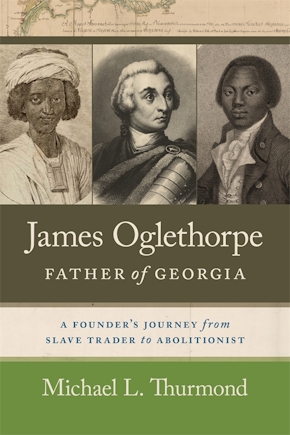Red Clay, White Water, and Blues
A History of Columbus, Georgia
Title Details
Pages: 344
Illustrations: 45 b&w illustrations
Trim size: 6.000in x 9.000in
Formats
Hardcover
Pub Date: 05/15/2019
ISBN: 9-780-8203-5499-6
List Price: $29.95
eBook
Pub Date: 05/15/2019
ISBN: 9-780-8203-5503-0
List Price: $27.95
Paperback
Pub Date: 08/15/2020
ISBN: 9-780-8203-5882-6
List Price: $25.95
Subsidies and Partnerships
Published with the generous support of The Loft, Columbus GA
Published in association with Georgia Humanities
Related Subjects
HISTORY / United States / State & Local / South (AL, AR, FL, GA, KY, LA, MS, NC, SC, TN, VA, WV)
Red Clay, White Water, and Blues
A History of Columbus, Georgia
A comprehensive history of one of Georgia’s most interesting and influential cities
Skip to
- Description
- Reviews
- Awards
Columbus is the third-largest city in Georgia, and Red Clay, White Water, and Blues is its first comprehensive history. Virginia E. Causey documents the city’s founding in 1828 and brings its story to the present, examining the economic, political, social, and cultural changes over the period. It is the first history of the city that analyzes the significant contributions of all its citizens, including African Americans, women, and the working class. Causey, who has lived and worked in Columbus for more than forty years, focuses on three defining characteristics of the city’s history: the role that geography has played in its evolution, specifically its location on the Chattahoochee River along the Fall Line, making it an ideal place to establish water-powered textile mills; the fact that the control of city’s affairs rested in the hands of a particular business elite; and the endemic presence of violence that left a “bloody trail” throughout local history.
Causey traces the life of Columbus: its founding and early boom years; the Civil War and its aftermath; conflicts as a modern city emerged in the first half of the twentieth century; racial tension and economic decline in the mid-to-late 1900s; and rebirth and revival of the city in the twenty-first century. Peppered throughout are compelling anecdotes about the city’s most colorful characters, including Sol Smith and His Dramatic Company, music phenom Blind Tom Wiggins, suffragist Augusta Howard, industrialist and philanthropist G. Gunby Jordan, peanut purveyor Tom Huston, blueswoman Ma Rainey, novelist Carson McCullers, and insurance magnate John Amos.
—Tom Mack, author of Hidden History of Augusta and Circling the Savannah
Winner
Award for Excellence in Documenting Georgia's History, Georgia Historical Records Advisory Council



